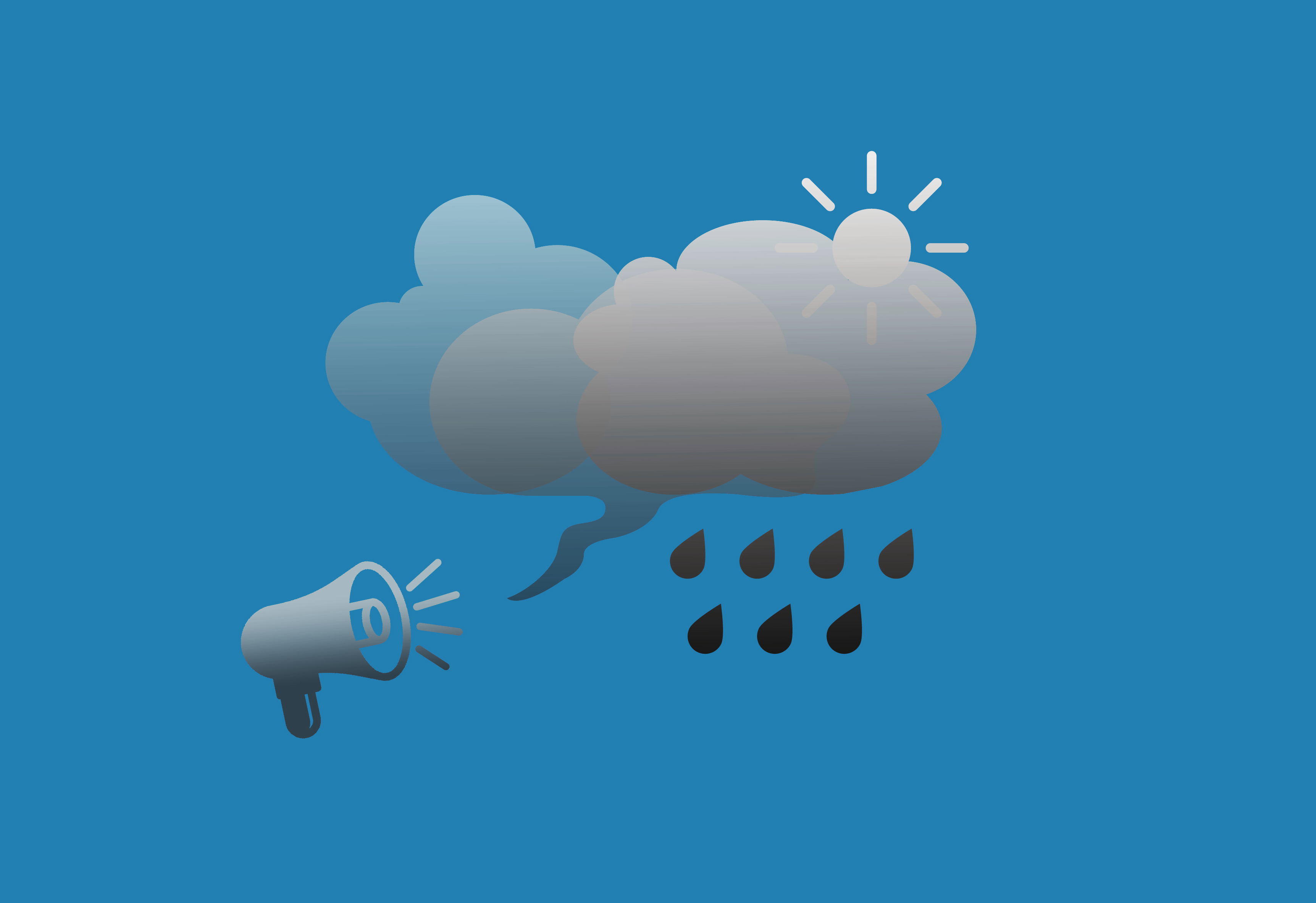In this section, we will define what communication climate is.

10.1.1: Communication Climate
Communication climate is the “overall feeling or emotional mood between people” (Wood, 2018). For example, you may prefer hanging out with one of your friends because they make you laugh and dread hanging out with another because they constantly criticize you. The first friend may create a positive, or warm climate, whereas the other friend may create a negative, or cold climate. The communication climate is created because of other people and the type of communication that takes place during an interaction. You probably have relationships or interpersonal interactions that feel cloudy, stormy, calm, sunny, warm, or cold. Throughout this chapter, we will focus on the latter two as an overarching analogy for understanding communication climate and look at how the emotional “temperature” of relationships or interactions is affected by behaviors that are often perceived (and felt) as “warm” and “cold.” For example, messages that convey respect and acceptance tend to feel warm and those that convey hostility and judgment tend to feel cold. Warm behaviors tend to meet human social needs, and cold behaviors do not. The knowledge we gain in this chapter will help us better understand why some relationships and interactions feel warmer than others. Understanding climate also helps us communicate more purposefully in order to better meet our interpersonal goals.
